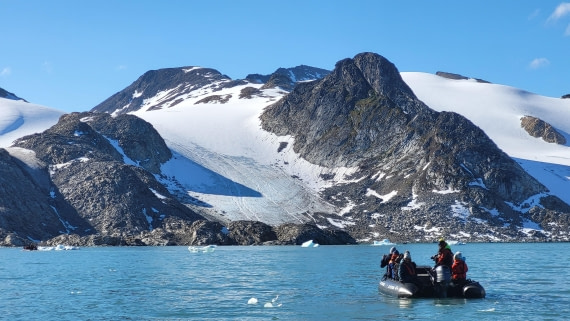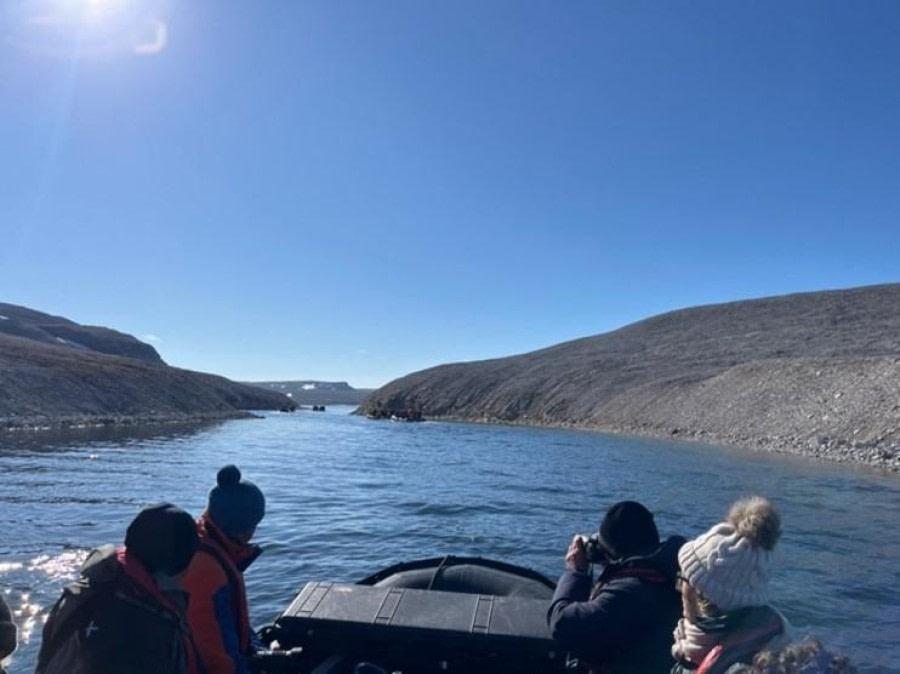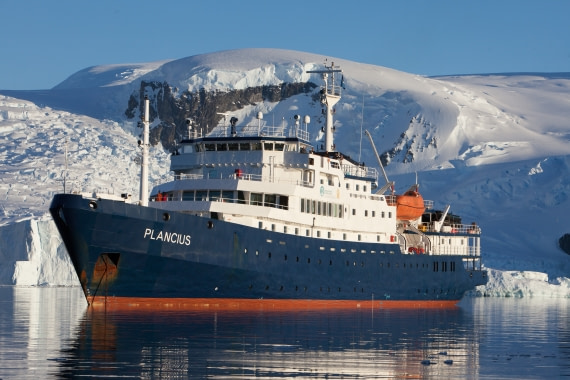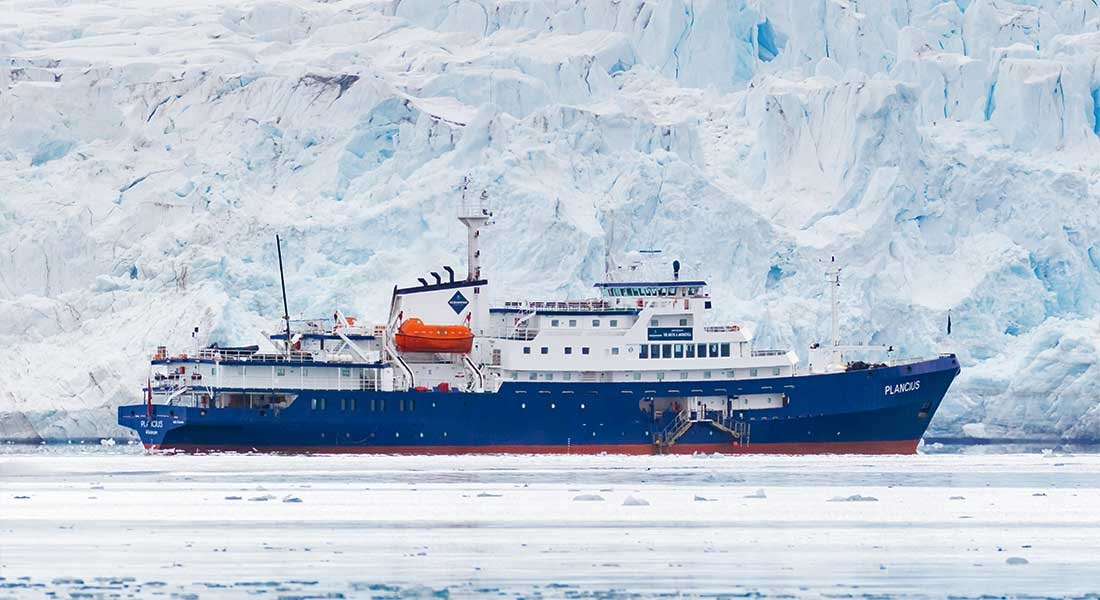| Datum: | 13.07.2024 |
| Position: | 78°14.5'N / 015°32.5'E |
| Wind: | S 5 |
| Wetter: | Bedeckt |
| Lufttemperatur: | +7 |
Heute ist es so weit! Endlich ist es so weit, dass wir uns in unser arktisches Abenteuer stürzen können! Am späten Nachmittag erreichten wir unser Schiff, m/v Plancius, das für die nächsten 10 Tage unser neues Zuhause sein sollte. Das Schiff schaukelte sanft an der Pier, als wir die Gangway auf die Decks hinaufkletterten. Der Tag war entsprechend arktisch, bewölkt und mit einem kühlen Wind - aber wir fühlten uns warm und wohl an Bord. Wir meldeten uns an und wurden zu unseren jeweiligen Kabinen begleitet. Danach konnten wir beginnen, das Schiff zu erkunden, über die Decks zu wandern und uns mit unserem neuen Zuhause vertraut zu machen.
Sobald wir alle an Bord waren, wurden wir in die Lounge eingeladen, um an einer obligatorischen Einweisung und einer Übung zum Verlassen des Schiffes teilzunehmen. Nicht allzu lange nach der ersten Einweisung wurden wir von unserem Expeditionsleiter Christophe zurück in die Lounge gebeten, wo der Kapitänscocktail auf uns wartete. Hier trafen wir unseren Kapitän Ernesto Barria und das Expeditionsteam. Wir feierten unsere Expedition mit Sekt und Kanapees, bevor wir alle unser erstes Abendessen an Bord genossen!
Im Restaurant erwartete uns ein köstliches Buffet und wir hatten Gelegenheit, einige unserer Mitreisenden kennenzulernen. Gleichzeitig stachen wir von Longyearbyen aus in See, bereit für unser bevorstehendes Abenteuer. Der Tag war noch nicht zu Ende! Nach dem Abendessen suchten wir den Stiefelraum auf und holten unsere Gummistiefel ab. Damit waren wir dem Beginn unserer Aktivitäten außerhalb des Schiffes einen Schritt näher gekommen.
Den Rest des Abends verbrachten wir damit, unsere erste abendliche Kreuzfahrt und das nicht enden wollende Tageslicht zu genießen, bevor wir in unsere Kabinen zurückkehrten, um uns in Vorbereitung auf das morgige Abenteuer auszuruhen!
































